Cutting weight after a bulk phase can be tough. Balancing fat loss while preserving muscle gain isn’t always easy. Here is a proven step-by-step plan for how to cut like a pro after bulking.
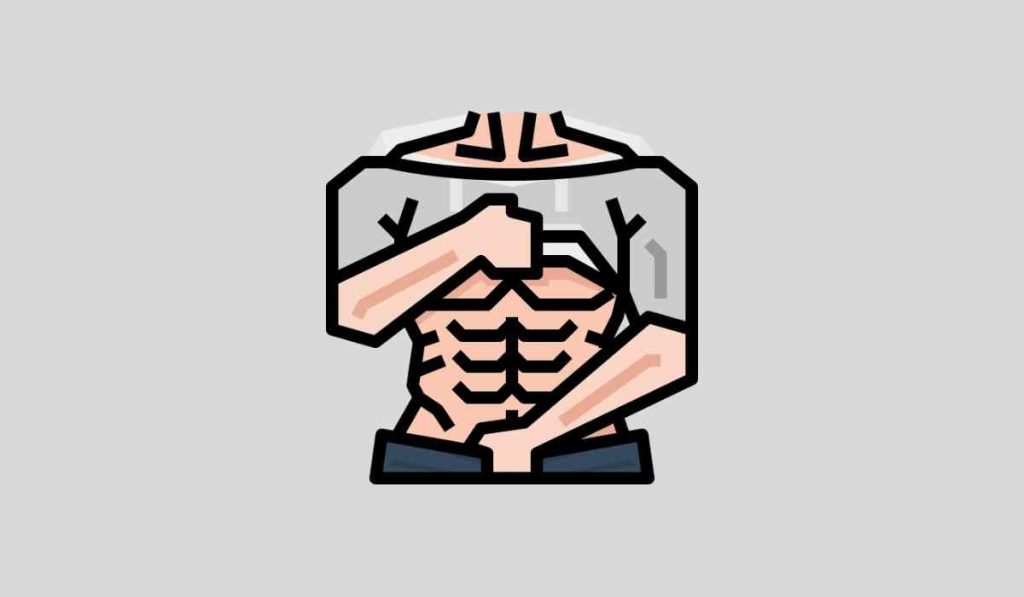
So you’ve done the hard work of bulking up, and you’ve got all those extra pounds of mass just waiting to be turned into shredded, well-defined muscle.
Major kudos to you!
Bulking up is no easy task; it takes real determination and effort to sustain the high level of intensity and insane caloric intake for months at a time.
But now you’re halfway to your end-goal of having a hella-shredded body.
You’ve done the first bit of the work, and now that you’re bulked up, it’s time to cut.
In this article, we’ll talk about everything you need to know about bulking vs. cutting, the step-by-step process of cutting after a bulk, and answer a few of the most commonly asked questions about how to go about cutting.
By the end of this article, you’ll know exactly what you need to do to strip off that extra fat so you’re left with only lean, taut, glorious muscle!
Let’s jump right in.
Cutting After a Bulk – Overview
Bulking up is the process of gaining extra pounds of body mass (both fat and muscle) by increasing calorie intake to significantly more than is “normal” for your metabolism.
Pair it with intensive, heavy-weight resistance training, and the next stop is Gains Town.
But that’s just the first half of the process.
In my “How to bulk fast” article, I talked a lot about the whys and hows of bulking up. You can read that post for more detail, but for the sake of brevity, we’ll keep this piece focused entirely on cutting.
Once you’ve bulked up, you’ve got to cut.
“Cutting”, in this case, refers to the process of improving muscle definition by shedding the excess fat they gained during the bulking phase.
In stark contrast to the excessive caloric intake that marks the bulking phase, the cutting phase is a time for a caloric deficit, reducing the number of calories you consume below your daily necessity.
This forces your body to look for other sources of energy: either fat or muscle tissue.
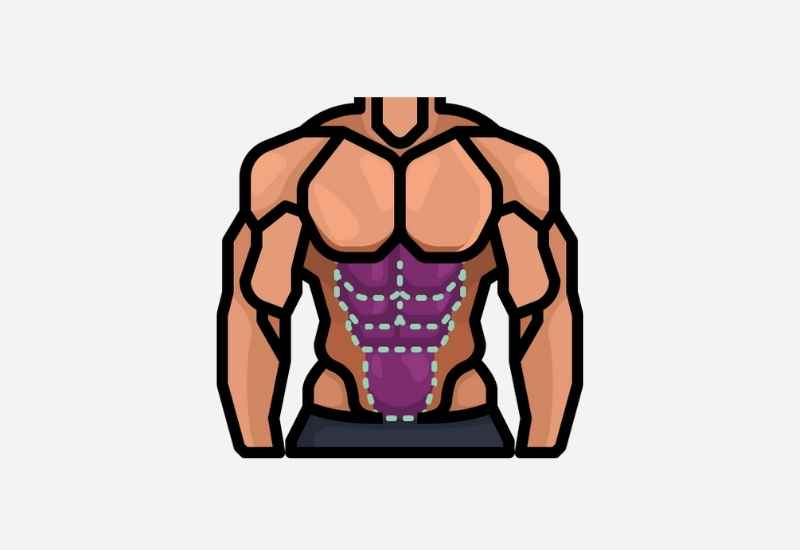
The key to healthy, effective “cutting” is to remain active and consume enough protein to protect your muscle mass.
That way, your body will focus entirely on fats, leaving your newly built muscles (mostly) alone.
How Cut After Bulking
Here is the step-by-step process to safely and effectively cutting after your bulking phase:
? Step 1: Decrease calories gradually.
Start off with a small deficit (200 calories per day less than your body needs), and work your way up gradually to your ultimate goal (of a 10-25% caloric deficit).
This gets your body accustomed to the lack of calories, activates your fat metabolism, but doesn’t trigger the “starvation mode” that activates when your body senses you’re consuming far too few calories.
See also: Dirty Bulking: How to Do It, Pros, Cons, and the Best Foods to Eat
Your body is designed to adapt to its environment, meaning it will respond to insufficient caloric intake.
A sudden deprivation will cause your body to shut down, decrease energy expenditure, and hoard all the calories (of fat and glucose) it has.
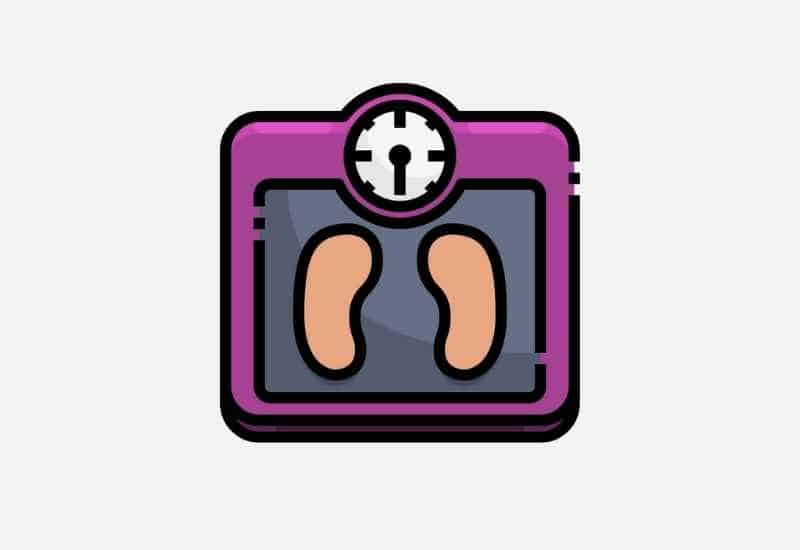
It will also catabolize anything it deems “unnecessary to survival”—in this case, your muscles. Which, we can all agree, we do not want.
Slow, gradual deprivation gives your body time to adapt more efficiently.
In any kind of controlled diet, planning and preparation are your best friends. Invest in a food scale, keep a food journal, and plan your diet accordingly and strategically.
When it sees that it’s running out of its usual energy source, it will activate its back-up: your fat metabolism.
You’ll become more effective at burning fat for energy, which helps you to lose those extra pounds of fat you gained during the bulking process.
But because you go about it slowly, you have the time to do the one thing that will protect your muscle mass: maintain your activity level.
? Step 2: Maintain your activity level.
Now that you’re done bulking, you can scale back to your standard one-a-day training sessions. You can even decrease the intensity and return to your normal pre-bulking training volume.
But it’s absolutely critical that you stay active during the cutting phase. Specifically, do daily resistance training to protect your muscles.
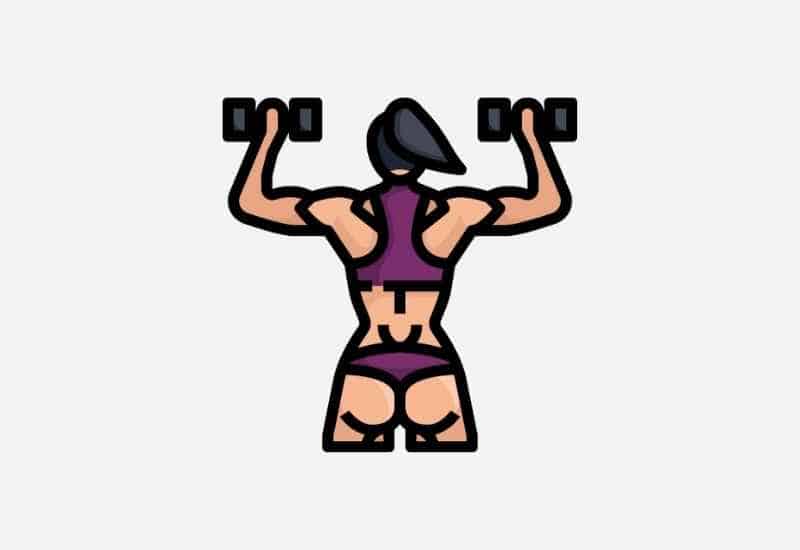
When your body enters a caloric deficit, it looks for anything it deems “unnecessary” in order to burn for energy. If you don’t exercise during the cutting phase, that muscle mass will be the first to go because the muscles are hoarding energy but aren’t active.
However, keeping up with your resistance training and daily utilizing those muscles shows your body that the muscle mass is necessary, forcing it to look elsewhere.
In this case, that “elsewhere” is all the excess fat you gained during the bulking process!
Daily resistance training is the only way you can protect your muscles from being broken down and consumed during the cutting phase.
? Step 3: Max out your nutrition.
During the cutting phase, your goal should be to eat a lot of protein (at least 40% of your daily calories) in order to provide fuel for your muscles. A high protein intake will help to maintain lean muscle mass throughout the fat-loss process.
As for carbs and fats, the recommended amounts to eat will vary from person to person. Some people find that eating more carbohydrates helps them to keep their energy levels high during the caloric deficit, enabling them to stay active through the cutting phase.
Others prefer to lean more heavily on fats because it increases their body’s ability to burn fat, which accelerates the cutting process.
Strike a balance between these two nutrients—get around 25% of your calories from fats, and 35% from carbs.
However, as you go through the cutting phase, experiment with raising/lowering these two macros. See if your body responds better to a higher fat or carb intake. Test and try a variety of things to see what works most effectively for you.
? Step 4: Add in supplements.
Obviously you’re going to want to include some form of protein powder into your diet to ensure you’re getting enough amino acids to maintain and increase lean muscle mass.
Whey protein powder is your best bet (if you aren’t already taking it, of course), as it is better at synthesizing protein1 and gets absorbed faster than other proteins like casein or soy2.
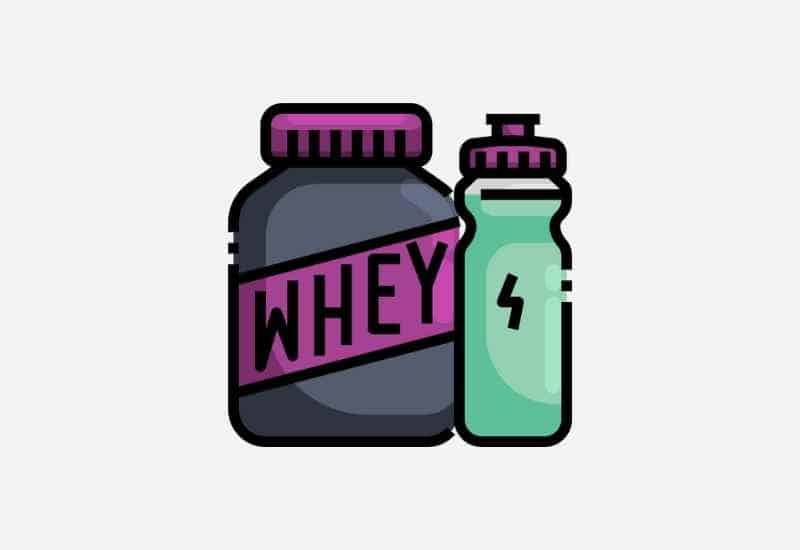
Other excellent supplements to add include:
- Omega fatty acids (both Omega-3s and Omega-6s)
- Creatine
- BCAAs
- L-carnitine
- Multi-vitamin and multi-mineral complexes
- Essentially fatty acids (plant-based)
- Probiotics (Biofit Probiotics is my go-to)
These will help to optimize your body function and increase fat-burning throughout the cutting phase.
? Step 5: Train smart.
Your training will definitely change during the cutting phase. You don’t have enough energy to maintain a high-intensity workout for prolonged periods (like you did during the bulking phase), so you’ll need to be smart with the way you approach your training.
The goal during cutting is to focus on A) building lean muscle, and B) increasing fat loss.
This means that your training modalities should reflect these two very specific goals.
The former is accomplished by working in a higher rep range using lighter weight. You can work either in the 10-12 rep range to build strength or the 15-25 rep range for endurance.
Endurance training focuses on building the leaner muscles and developing resistance to sustained effort. It’s highly effective for maintaining muscle mass during the cutting phase, and requires less raw power and energy to complete your sets.
The latter is accomplished by mixing some cardio—particularly high-intensity cardio, like HIIT (on an air bike if you fancy the challenge), sprint training, kickboxing, or CrossFit—into your workouts.
Remember, you’re going to have less energy available during the cutting phase, so you’re more likely to “run out of steam” and hit the wall of fatigue faster.
Be aware of that and create training programs that take your lower energy levels into account.
? Step 6: Balance your life.
Cutting happens not just during your meals or workouts, but ALL DAY LONG.
This means that your results will be determined by your lifestyle, as well as everything else you are doing in the kitchen and the gym.
That’s why it’s so important for you to:
Sleep well. More sleep enables faster post-workout recovery, replenishes depleted energy, and encourages better fat metabolism. Aim for 7-9 hours of sleep per night during the cutting phase. (See also: 15 Sleep Strategies for High Performance Athletes)
Manage stress. Stress causes your body to store fat rather than burn it, and can actually slow down your metabolism. Plus, you’re more prone to break your diet and make poor food choices if you’re struggling with stress. Actively take steps to manage and avoid stressors in your life. Relaxation is crucial during this time when you’re trying to cut.
Avoid hindrances. Alcohol will add to your body fat, making it harder to cut. Smoking will impair your ability to breathe and can have a negative impact on your training sessions (not to mention the long-term consequences). Avoid anything that will hinder your efforts to stay active and cut the healthy way.
How to Cut After Bulking — FAQs
How long should I cut after a bulk phase?
Typically, the average “bulking” and “cutting” cycle lasts around 4-6 weeks, though some bodybuilders prefer a longer cycle (lasting 3-4 months) because it gives their bodies time to gradually adapt to the increased/decreased calorie intake and new workout regimens.
When entering the cutting phase, evaluate how much body fat you want to lose, and plan for a diet/regimen that will help you hit your goals within the desired timeframe (according to when you want to hit the stage or have that bikini body ready).
Give yourself room to adapt the cutting phase, extending or shortening it according to the results you get.
Will I lose muscle during the cutting phase?
If you’re going about the cutting phase correctly—eating enough protein, maintaining a high level of activity, focusing more on HIIT and resistance training—you shouldn’t lose a significant amount of muscle mass.
All of your efforts will maintain the muscle mass while eliminating the excess body fat you put on during the bulking phase.
However, you will lose some strength and power. This is due to the lower energy availability as a result of your calorie deficit, and the greater focus on endurance training over power training.
Don’t worry: even experienced lifters will notice a decrease in their strength during the cutting phase. You’ll gain it back once you settle into the “normal” training regimen after finishing cutting.
The Bottom Line
Now you know everything you needed to about cutting, so you’re ready to take your bodybuilding efforts to the next level.
You’ve put in the work of bulking, and you’ve got all the information that will help you cut smart.
With the right preparation, planning, and training, you’ll come out the other side with that stage-ready body you’ve been working so hard to reach.
More Bulking and Cutting Resources
Crazy Bulk: The Ultimate Bulking Stack? [Full Review]. Wondering if the CrazyBulk Bulking Stack is an effective way to bulk up and increase muscle mass? Read on for a full and detailed review of this clinically-proven stack and see if it’s right for you.
Clean Bulking: Pros, Cons and How to Do It Like a Boss. Looking for a healthy and lean way to pack on more muscle? Here’s what you need to know about clean bulking, including, pros, cons, best foods to clean bulk, and more.
7 Best Supplements for Bulking Like a Champ. Looking to crank up muscle mass and strength through bulking? Here is a list of the essential supplements you should use to maximize muscle growth and performance in the gym.